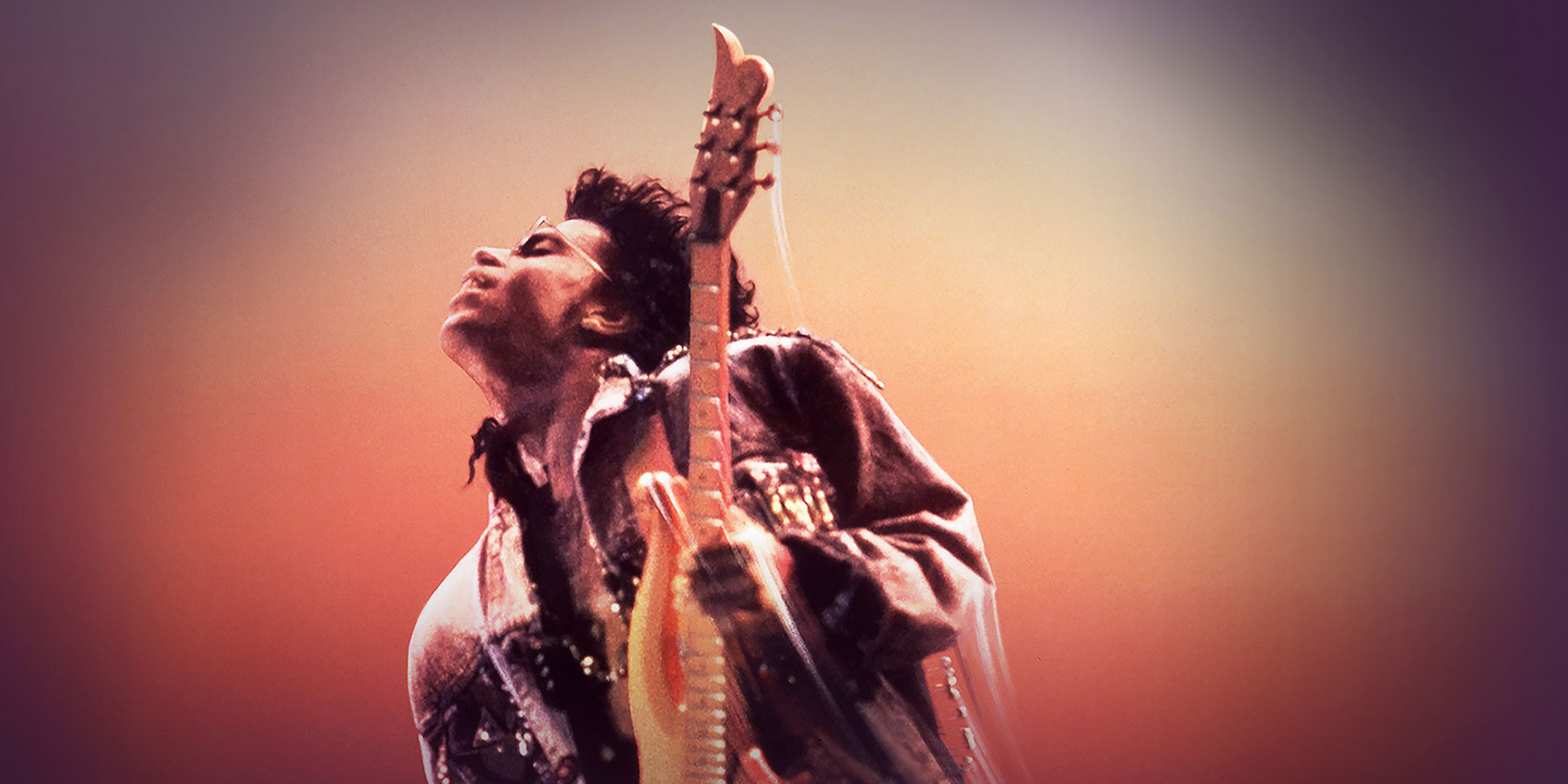“Truly, this man is genius.”
Steve Sutherland, NME Review of the Album, 1987
On its release, Prince’s Sign O the Times album was widely considered a masterpiece showcasing a breadth of creative vision and talent that marked him out as a creative genius. The accompanying film, now having a short release in IMAX for the first time, was also seen by many as the pinnacle of Prince’s performing career.
The film is a fantastic and faithful showcase of the album, using the best talent and technology available at the time. The version that was released in 1987 combines live footage from the Ahoy in Rotterdam and other venues across Europe, directed by the man himself to show what the atmosphere and buzz around a live Prince show was like.
By 1987, Prince had already shown how unique he was as an entertainer. He had released his ninth studio album in as many years and his second double album in five years. The Sign O the Times album marked his return to the studio on his own and the return of the one-person show. The album has the standard ‘produced, arranged, composed and performed by’ credit solely attributed to him. He was showing how virtuosic he was, how well he could craft an album and how he could do this with just the person he trusted the most—himself. On its release, the music press fell over itself, lauding the record’s scope and his ability as vocalist, multi-instrumentalist and producer.

Sign O the Times shows a highly focused and driven 29-year-old wanting to build on all the influences he had absorbed and prove how adept he was at appropriating them and making them his own. It also marked the departure of the Revolution, the band that had given him the scope and vision to produce the mammoth commercial success of Purple Rain and cemented his presence as a world superstar. It showed growth at a startling rate and a drive to innovate and outrun a growing number of imitators at every turn.
The set design for the concert imitates the cover art of the album, with the neon signs and city backdrop through which Prince emerges. The energy and precision of the band and engineers builds slowly through the signature songs from the album, with brief revisits of classics like Kiss and Little Red Corvette.
Employing some of the most up-to-date technology of its time, the production is unrelenting in its energy, the changes, and the rollercoaster of relationships played out among the various characters by the band on stage. Part concert, part revue, the concept of Sign O the Times is to travel through the album and its wide array of songs dealing with love, life, loss and current affairs. Extending the songs into jams is a way for Prince to bring his talent as a live performer, showcasing his own virtuosity on a variety of instruments and his brilliance as a bandleader, able to take the show down routes unplanned.
This journey enables the concert to move at ease between high octane numbers, slow ballads and acoustic sets, before also erupting into stadium rock anthems. The scale of the show matches the scale of Prince’s own ambition.
In 1987, the film was a replacement for UK and US audiences who were unable to see the show. And it did build a fierce reputation for his live shows, generating a solid fanbase in the UK that remained loyal in the following decades—including for his spectacular run of 21 nights at the O2 in London in 2007.
In the 38 years since the album and the live show, it has remained a constant with critics and music fans alike—and the single piece of work I refer anyone to who wants to see Prince for the first time, or Prince at his best.
In the celebration of an artist who inspired and influenced millions, Sign O the Times is a timeless representation of Prince as the superstar and cult artist of his generation. The film, and music, are the perfect celebrations of his artistic skill, vision and integrity.
Truly, this man was genius.